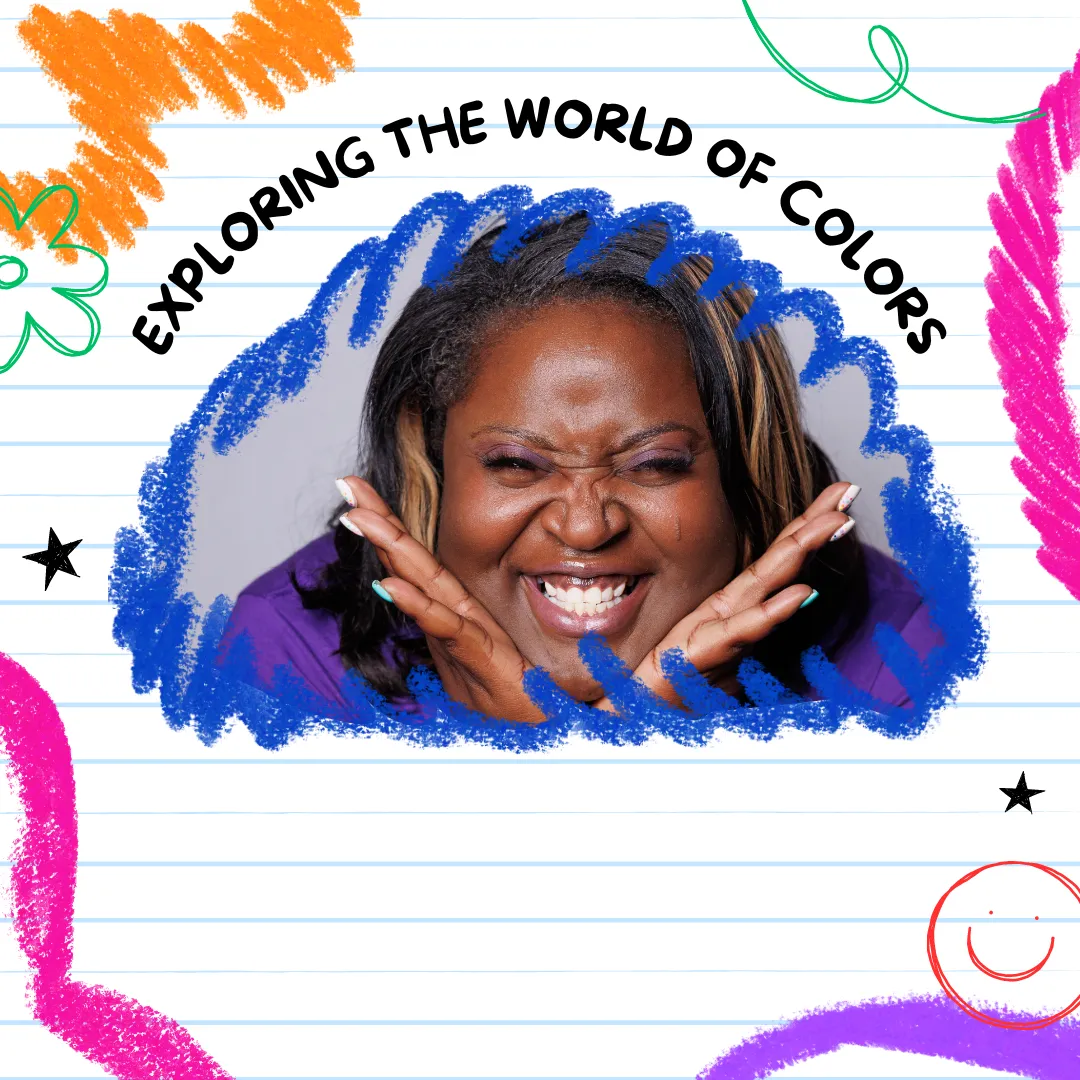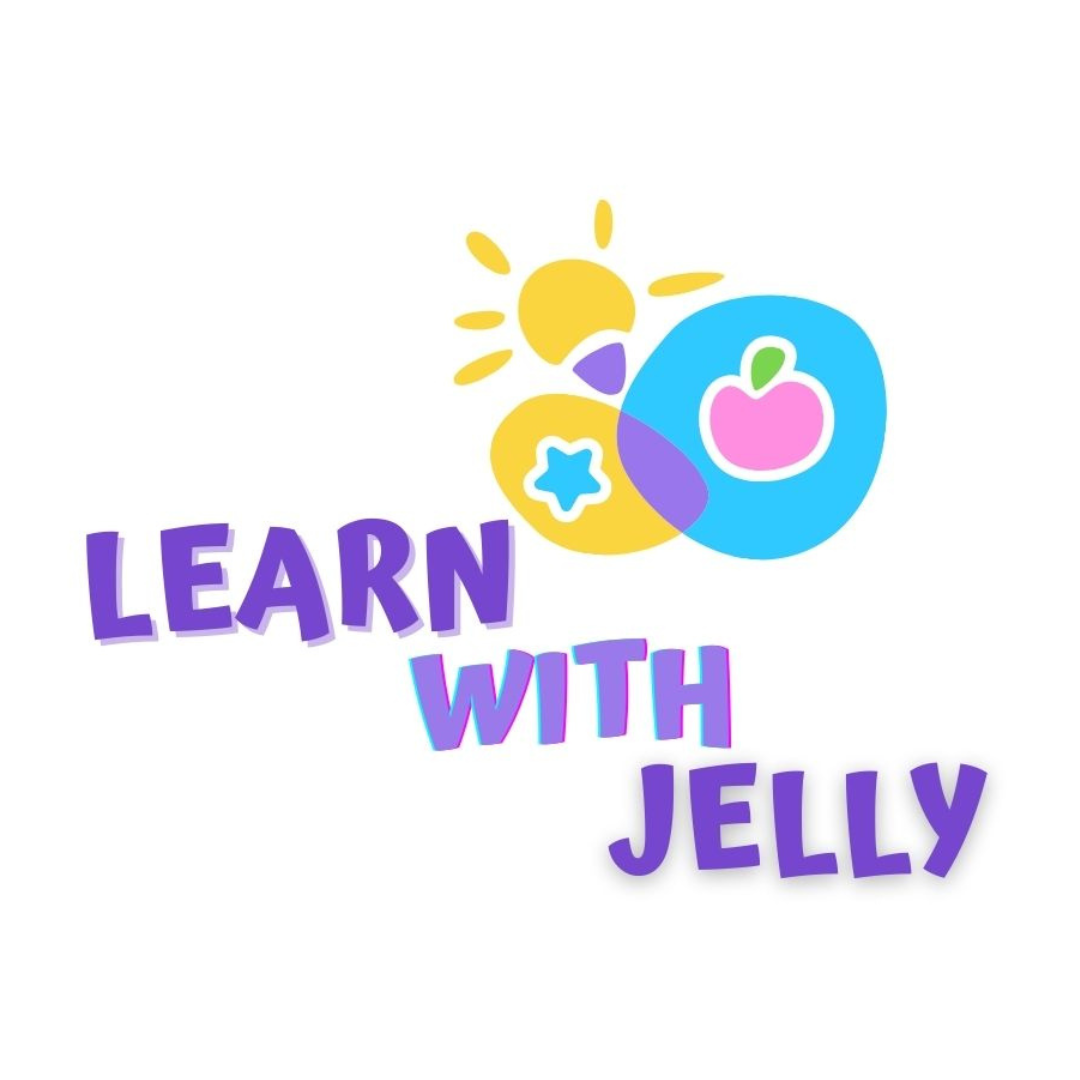Enjoy Reading Our Blog
Click on any image below to access the article

Exploring The World of Colors
Colors are an essential part of a preschooler's world. They bring joy, curiosity, and endless opportunities for learning. Let's dive into the importance of colors in a preschool environment and how they contribute to a child's development.
Stimulating Creativity: Colors ignite a child's imagination and creativity. Through various art activities, preschoolers can freely express themselves, experiment with different hues, and create beautiful masterpieces. Painting, coloring, and mixing colors help them understand concepts like primary and secondary colors, leading to enhanced cognitive and motor skills.
Language Development: Introducing colors in preschool helps expand a child's vocabulary. As they learn to identify and name different colors, they develop their language skills. Teachers can engage them in color-themed conversations, encouraging them to describe objects, animals, or even their favorite toys using specific color words.
Cognitive Development: Colors play a vital role in cognitive development. Preschoolers learn to categorize and sort objects based on their colors, promoting logical thinking and problem-solving abilities. They develop visual discrimination skills, noticing subtle variations in shades and differentiating between colors like red and orange, or blue and purple.
Emotional Expression: Colors have the power to evoke emotions. Each color carries a unique meaning and can influence a child's mood. For instance, warm colors like red and orange are associated with energy and excitement, while cool colors like blue and green evoke a sense of calmness. Preschool teachers can create colorful environments that evoke specific emotions and help children understand and express their feelings.
Sensory Exploration: Colors engage multiple senses, making learning experiences more immersive for preschoolers. They can touch, feel, and explore different textures and materials while engaging with colorful objects. Sensory bins filled with colored rice, water play with colored ice cubes, or finger painting with vibrant hues provide hands-on experiences that stimulate their senses.
Colors offer a wide range of benefits for young learners. By incorporating colors into various activities and lessons, educators can create an exciting and enriching environment that fosters creativity, language development, cognitive growth, emotional expression, and sensory exploration. Let's embrace the colorful world of preschool education and watch our little ones thrive!
© 2025 Learn With Jelly
All Rights Reserved

